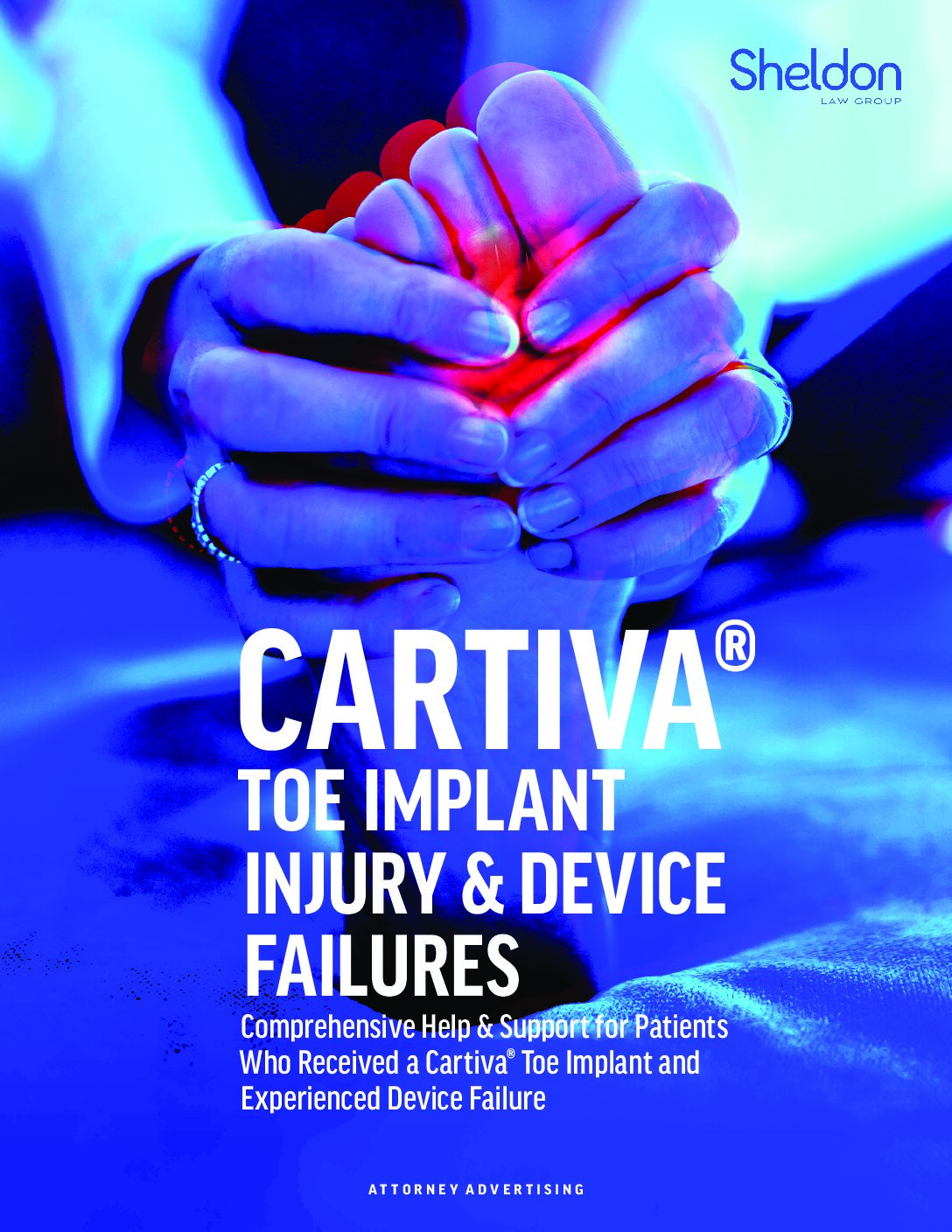The Cartiva implant is placed in between the bones of the big toe where the cartilage has worn away. The idea is for the toe to function more like it did before the loss of cartilage. The problem with the Cartiva implant is that it only works in about half of the cases. If the implant fails, it usually must be removed.
The Patient’s Options
When the doctor decides that the implant must be removed, they can present the patient with two viable options. First, they can replace the implant with a different device, which has a better success rate. The second option is to perform bone fusion surgery. This surgery fuses the two bones together, so that the big toe can’t bend.
Some of the challenges with this situation include having enough bone to use with a new implant and loss of mobility with bone fusion. The patient often suffers from significant pain until the Cartiva implant is removed. They may find it difficult to move around and walk on the side of their foot to alleviate the pain.
Some patients say the implants only last for about 12 months before they cause issues. Many surgeons no longer use the Cartiva toe implant with their patients because of the high failure rate. However, many patients have already received this implant and are dealing with the complications. Though there have been numerous complaints and multiple lawsuits filed, Cartiva hasn’t taken the product off the market.
Most Common Issues
One of the most common issues with Cartiva is that the device allegedly slips out of place or slides into the bone. When this happens, patients experience increased pain and decreased range of motion in the big toe.
If you suffer from these issues after having a Cartiva implant, you can contact your doctor to determine the whether you are entitled to compensation for your injuries and losses.





